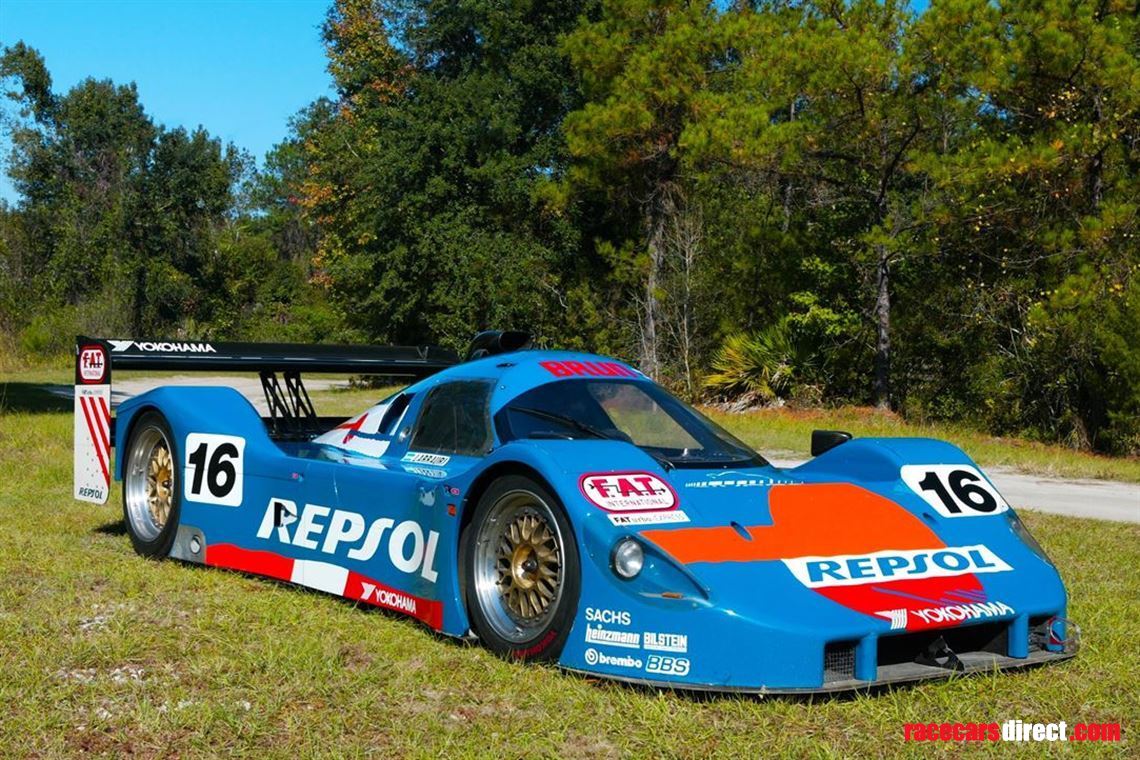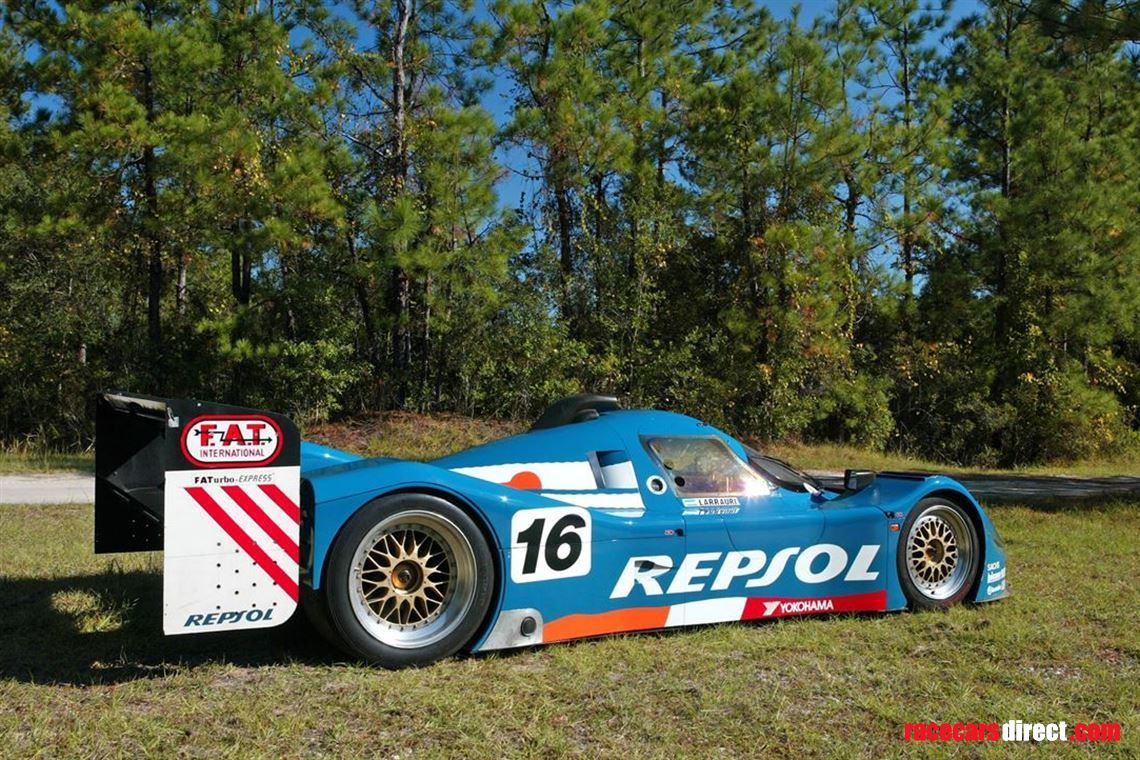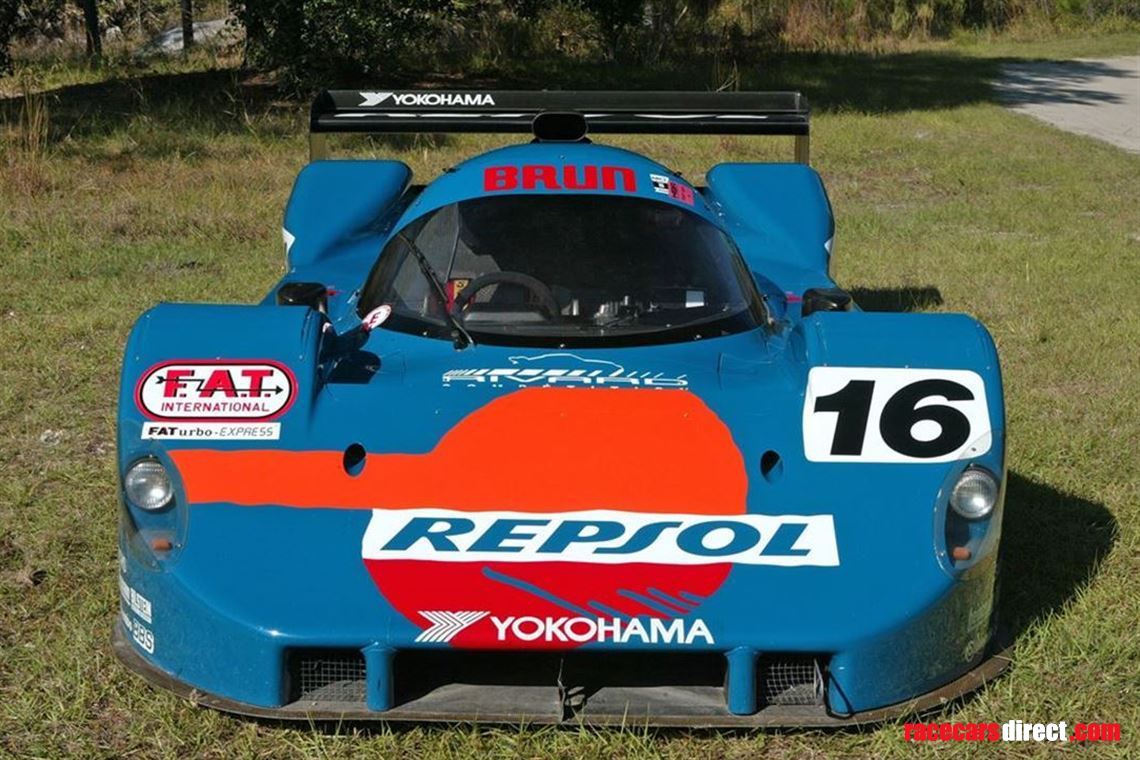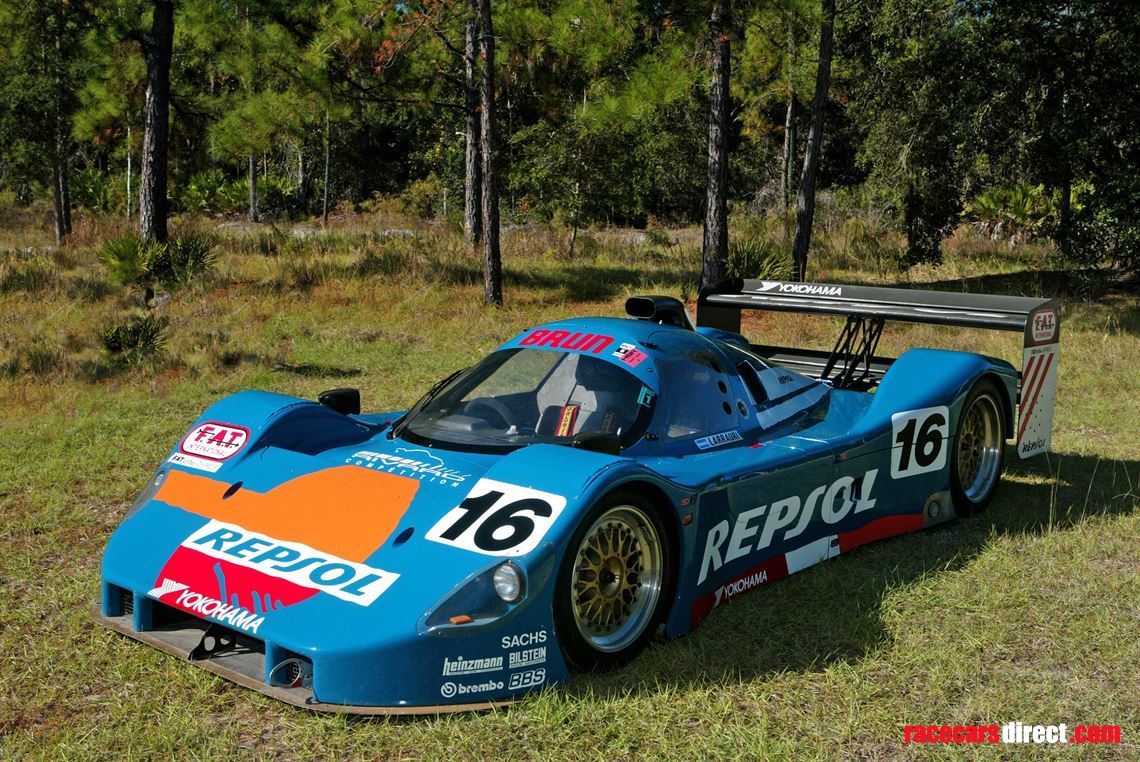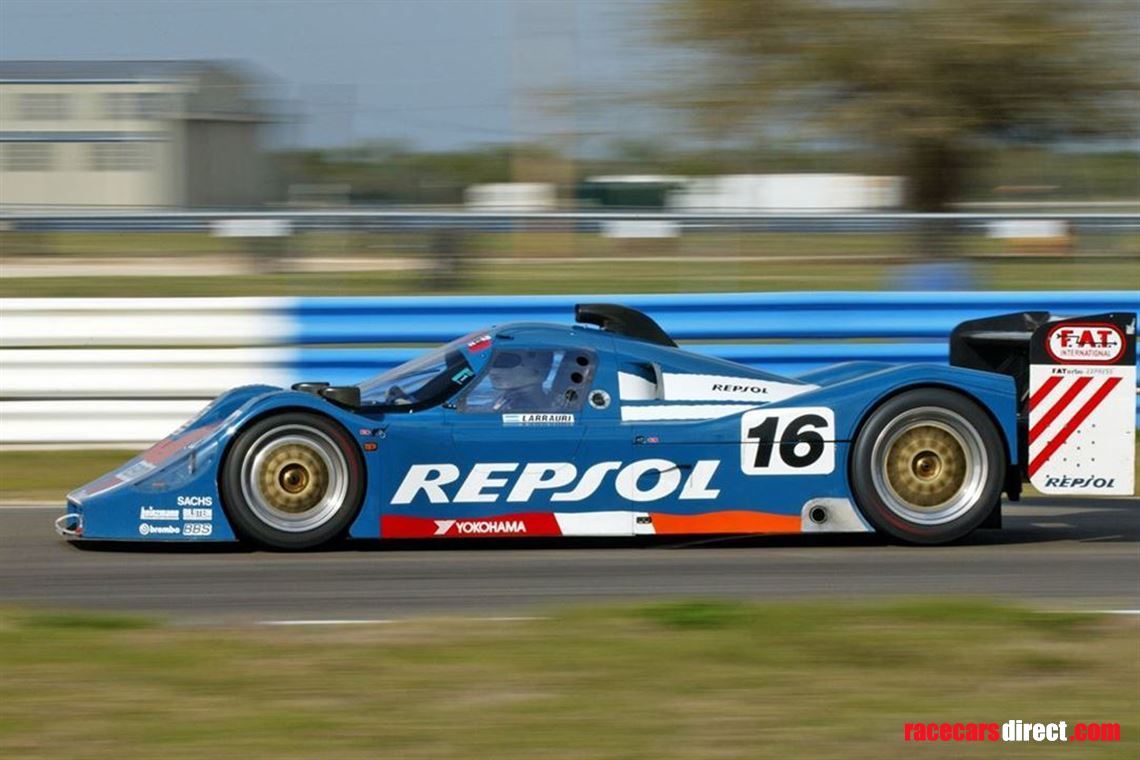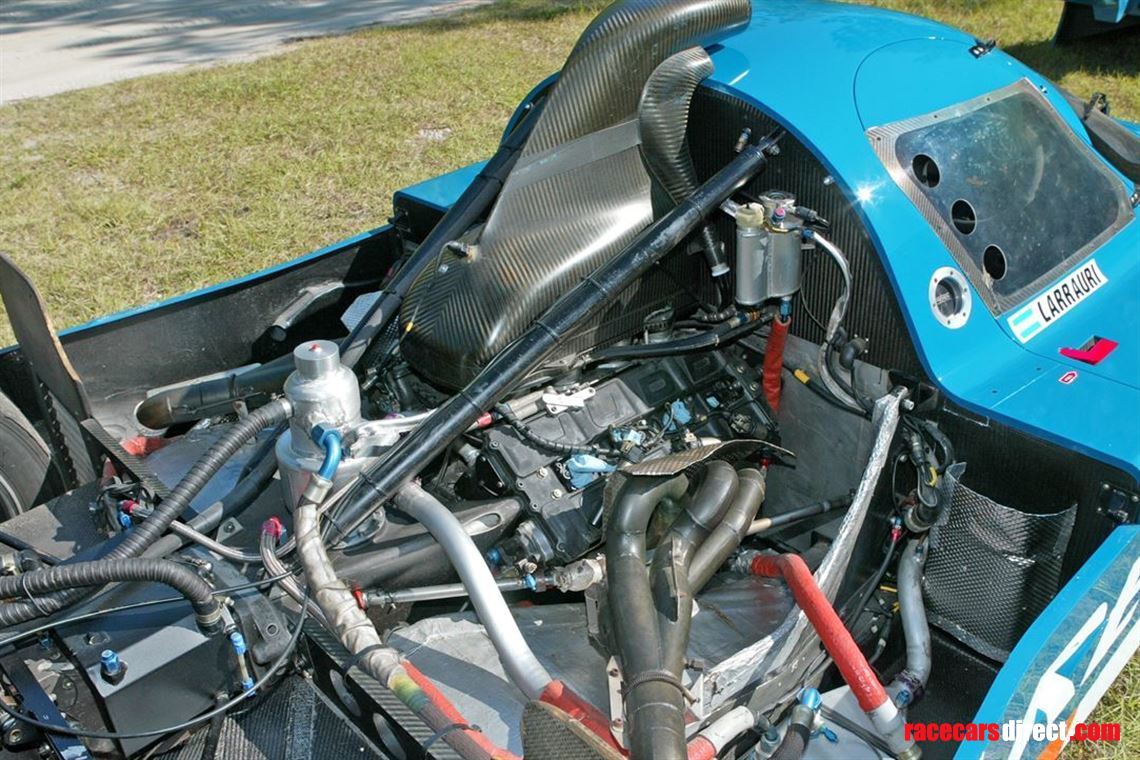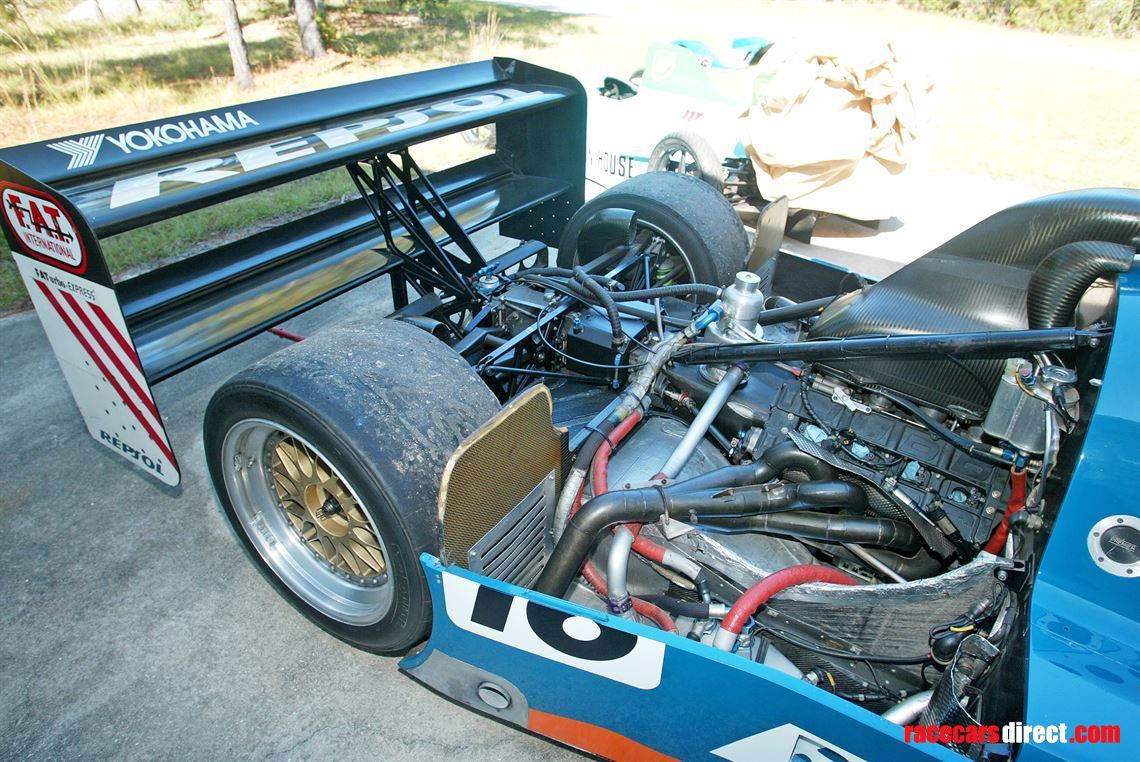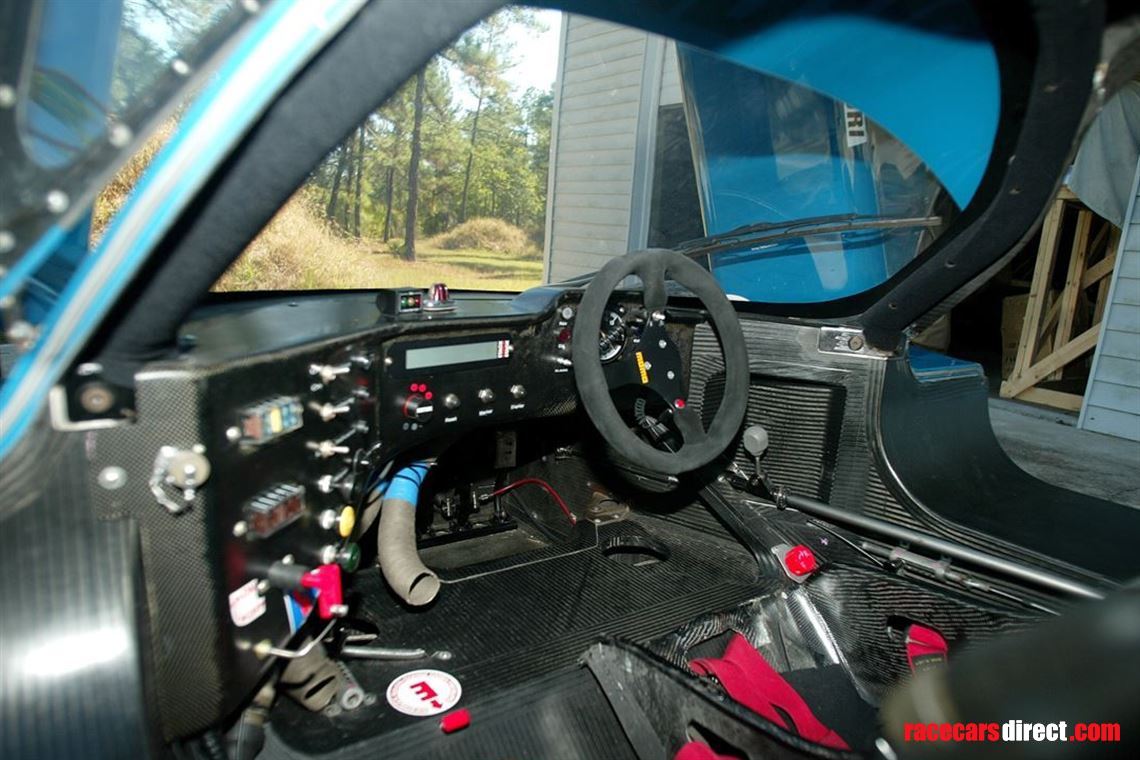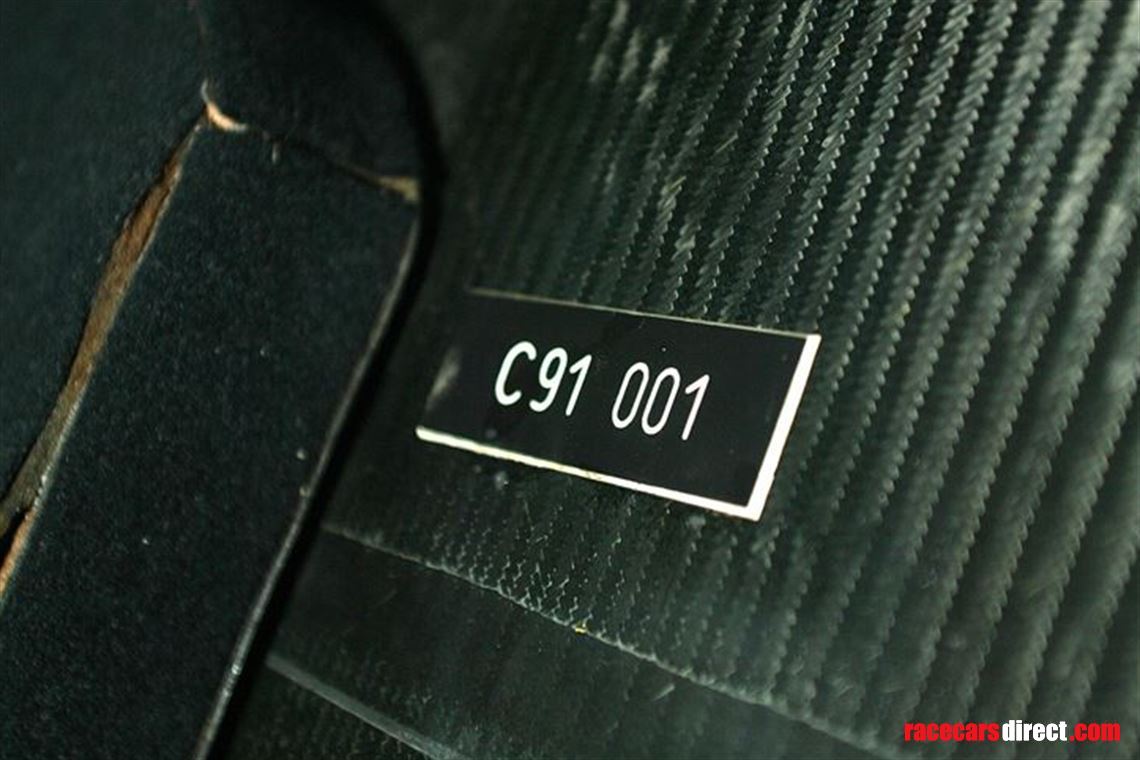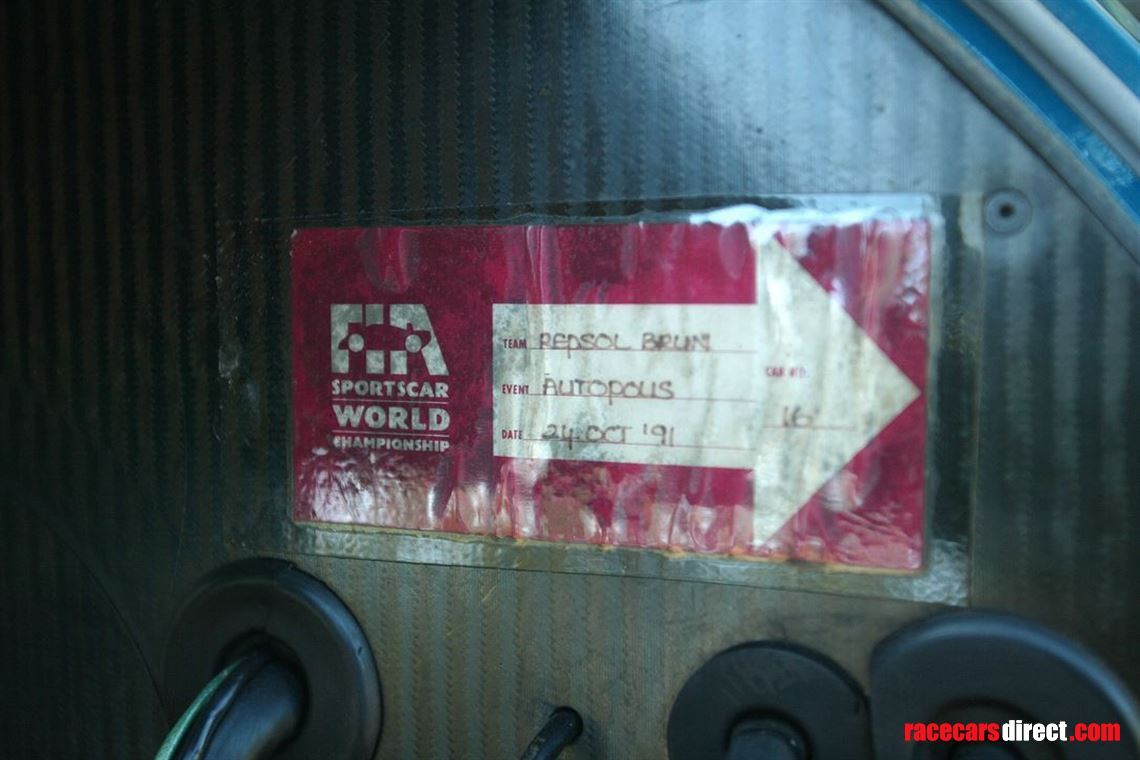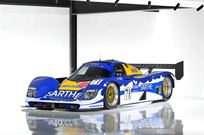Race & Rally Parts

£ POA
1991 BRUN C91 - JUDD - SOLD
This is now SOLD. Search for similar items.
Description:
Chassis C91-001, a unique car in the world
Developed by Walter Brun's Swiss Team
3.5-litre Judd engine, carbon-fiber tub
Only 2 owners, kept for 25 years by its current owner
Eligible for many prestigious races: Group C Racing, Daytona Classic 24 Hour, Rolex Monterey Motorsports Reunion, Le Mans Classic
When Walter Brun became a car-constructor
A unique prototype first unveiled at Le Mans
At the beginning of the 90s, after a highly successful period of fine victories with Porsche, the driver and team manager Walter Brun was faced with a dilemma. The choice was either to resign himself to giving up motor sport because private teams were no longer welcome, or to himself become a constructor of his own cars. Stubborn as he was - he made his fortune in the slot-machine industry – the Swiss decided to embark on the creation of the C91-Judd. At a time when works cars dominated racing, it was a car created by one man’s will, produced in a single copy, with the dream of shaking the domination of the all-powerful Mercedes cars. Ascott Collection is proud to offer this unique car for sale for the first time in 25 years.
1991, a pivotal year for prototype endurance racing
1991 marked a period that was full of change in the world of endurance racing, with the planned disappearance of Group C - still tolerated in 1991 - in favour of 3.5-litre-engine cars, as in Formula One. The new regulations banned turbo engines and rotary engines in favour of atmospheric engines with a maximum displacement of 3.5 litres. The number of cylinders was left free. No changes were made to the dimensions of the chassis. On the other hand, the minimum weight was sharply reduced from 900 kg to 750 kg. The use of carbon fibre became standard...
It was in this wind of change that the Brun C91-Judd was unveiled at the 24 Hours of Le Mans 1991: Walter Brun came there to lift the veil on his prototype, directly on the legendary circuit. On the Friday of the great Le Mans week, he presented his own creation ... while on the Wednesday he had celebrated the racing debut of the No. 17 Porsche 962C (chassis # 177), the very last of its kind assembled at the Weissach works. After his time as ambassador to the Porsche brand and its faithful representative in the 80s, Brun now turned his back on the German firm to strike out on his own, with his own car.
Walter Brun did not really have a choice, in fact. Since Porsche was only interested in its own Formula One project, it had no wish to develop a 3.5-litre engine for the customer competition. The 962C cars were given a weight penalty in 1991 and were no longer competitive. The man who had considerably modified a number of 962 chassis – even selling some of them to private teams - knew all about the car’s limitations. Starting from a 962 chassis, the weight of 750 kg was impossible to attain... So, the Swiss decided to build his own prototype. It was a boon for him to become an endurance car constructor. He was at the end of three unsuccessful seasons in Formula One (finishing at the end of 1990) and therefore had all the right contacts to find an engine suited to the new FIA regulations.
The genesis of the Brun C91-Judd
It was at Basingstoke, in the Brun Technics engineering office set up in 1989 for his Formula One venture, that Walter Brun handled the development of the Brun C91-Judd. In 1989, he had had the ambitious project of entering for Formula One and endurance racing in parallel, and for 1991 he aimed to create both a single-seater and a prototype (the C91) fitted with a 12-cylinder 70° V engine called Neotech. With 48 valves, 640 hp and 12,400 rpm, the engine was to be the common point between the two cars, but was never fitted in either the Formula One car or the prototype. Yet tests carried out in 1990 with a Porsche 962C gave impressive results. But the funding never came. At one stage, Seat was thought to be interested in the project, but it came to nothing.
The work done by Brun Technics seemed to be going ahead well despite this setback on the engine. In December 1990, 75% of the work was completed, according to Brun himself. Wind tunnel tests with a 1/3 scale car, in particular - at MIRA Technology Park - enabled design validation.
The team made up of Steve Ridgers, John Iley and Hayden Burvill whose job it was to design the C91 initially planned to make enough room for this 12-cylinder engine, which explains the unusual car design, especially with the incorporation of the rear suspension. Everything was calculated to ensure maximum rigidity and support for the celebrated engine. With its elevated cockpit, its long rear, its impressive spoiler similar to the one on the Jaguar XJR-14, the C91-Judd was a racy modern car. It was built by a small team and became Walter Brun’s single focus, while the Formula One car was abandoned at the end of 1990.
The engine that was ultimately fitted was the Judd V8 derived from the one powering the Formula One Leyton House CG901 and used by Walter Brun himself in Formula One... with the possibility being left for potential future customers to fit another engine. The team placed the water radiator at the front, freeing up space for the oil radiator cooling system on the sides. It was first and foremost a technical choice designed to enable a Porsche turbo engine to be fitted at the rear, and the heat exchangers on the side - just in case American customers might wish to make this particular technical choice. For the gearbox, Brun developed the casing but the internal parts came from Hewland.
Advanced Composites was given the job of building the carbon fibre shell while the body was developed by Comtec. Yokohama was chosen for the tyres, as the manufacturer was already Walter Brun’s endurance racing partner. To complete the picture: BBS rims, Brembo brakes and Bilstein shock absorbers - in short, only top-flight suppliers! The car was assembled in Stans, the capital of the Swiss canton of Nidwald, where Walter Brun resided.
Courting a constructor
Walter Brun’s's ambition with his C91-Judd project was simple. He knew he could not fight compete the best private teams straight away, and competing with the official works cars was impossible. What was possible though was for him to try to catch the eye of a constructor and become their support team, as Peter Sauber managed to do with Mercedes.
At the Nürburgring, the car’s debut was modest. Oscar Larrauri and Gregor Foitek were given the job of qualifying the C91-Judd. In 1'29''872, they were just 16th out of 21 competitors. At 10 seconds from the time put up by the Jaguar XJR-14, the car still needed considerable fine-tuning ... which was not abnormal given how tough the competition was. Technical problems prevented the team from lining up to start the race, however.
In Mexico, it was the starter that posed a problem during a pit stop, with the car retiring after 31 promising laps. In pure performance, with a lap of 1'26''304, the C91-Judd was lapping in times that were comparable to some Porsche 962Cs, and the Mazda 767B.
In Japan, it qualified in 1’32”985, just 1.1 seconds behind JL Schlesser and J. Mass’s Mercedes C291 and 2.5 seconds behind Schumacher and Wendlinger's sister Mercedes that went on to win the race... The car showed performance but not yet reliability.
Taking cars to Mexico City and then to Japan was expensive. Walter Brun did it because he believed in his project and wished to take every chance to succeed. This first season - too short – served to develop the car, with improved performance but limited reliability. Walter Brun was confident for the future but unfortunately, everything suddenly came to a halt... along with Repsol, the team’s main sponsor. The C91-Judd could not be developed any further and remained in its garage. It was the end of its brief career.
Race history:
18/08/1991 - Nürburgring - World Endurance Championship - non-starter - Oscar Larrauri - (N° 16)
15/09/1991 - Magny-Cours - Endurance World Championship - retired - Oscar Larrauri - (N° 16)
06/10/1991 - Mexico - World Endurance Championship - retired - Oscar Larrauri - (N° 16)
Kept by its current owner for 25 years
Walter Brun built a single and unique copy of the Brun C91, which bears the chassis number C91-001. Acquired directly from Walter Brun in March 1994 by its current owner, the Brun C91-001 has been maintained and kept in remarkable condition, only taking part in track day events at Sebring and Daytona between 1998 and 2003.
This superb car’s DNA has elements of Formula One in it... just waiting to be exploited on the track. The main mechanical components (Judd engine, internal parts of the Hewland gearbox, Brembo brakes etc.) are still readily available, which makes it a relatively easy car to maintain compared to other models from the same period. In addition, it is being put up for sale with a set of parts that are specific to the car, which will enable it to be entered for historic races with considerable chances of success. This Brun C91-001 offers its next owner the chance to buy a Swiss endurance car that is unique in the world and to put it back on the track for the pleasure of the entire community of historic racing car owners. Next race the Le Mans Classic 2021?

